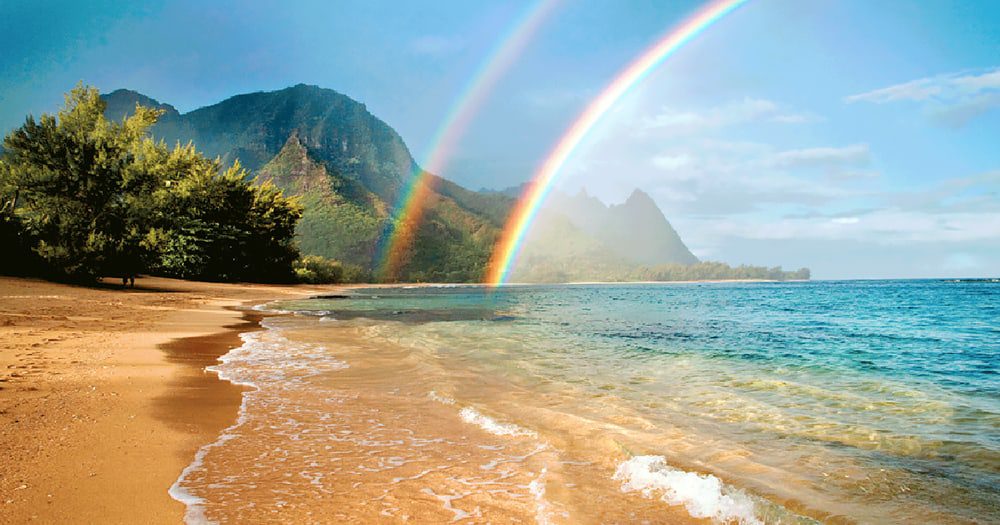2017 is the World Tourism Organisation Year of Sustainable Travel. But what does that mean? Hawai’i Tourism has created a sustainable tourism stamp to help change industry culture.
‘Sustainability’ may seem like a buzzword for an industry historically known for making a profit at the expense of the local environment, culture, or community.
So, what makes tourism in Hawaii sustainable?
Hawaii Public Radio’s Kuʻuwehi Hiraishi looks at a local organisation setting that standard for Hawai’i’s visitor industry.
29-year-old Austin Kino pushes his sailing canoe off the beach fronting the Kāhala Hotel and into the waters of Maunalua Bay.

His company Holokino Hawaiʻi offers guided historical tours of Oʻahu’s South Shore by canoe, but there are limits.
Right now, the tide is low, and he wants to avoid the shallow offshore reef system Maunalua Bay is known for.
“We kind of are always going off of what nature is allowing us to do, which is kind of different from what concierges and tourists are used to,”
says Kino.
That could mean less profit, but for the Wailupe native, it’s about more than just chasing the dollar.
“If I was going to have a business that operated in my home that was a commercial activity, I didn’t want to do it in a way that people before me,” says Kino.
Kino comes from a new crop of entrepreneurs changing the culture of the tourism industry in Hawai’i – a change long advocated by the Hawai’i Ecotourism Association or HEA. Lauren Blickley is the association’s program manager.
“Tourism is the largest industry in Hawai’i and it’s continuing to grow, so we know that it’s a destination but we know that if like anything, if it’s done in excess or if it’s done in a way that is over utilising the resources it can have a negative impact,” says Blickley.
To ensure the industry wasn’t just consuming Hawai’i’s resources, HEA developed a sustainable tourism certification program – a rigorous checklist to ensure tour operators are positively impacting the environment, the culture, and the community.
More than 50 tour operators statewide have received a stamp of approval under the Hawaii Ecotourism Association’s Sustainable Tourism Certification Program.
“We understand four-star ratings for hotels. We see four stars for a movie. We don’t understand who gave it to them, but somehow we got it. But how do you know an operation is sustainable?” says Linda Cox, a UH Mānoa Professor who helped develop the HEA Sustainable Tourism Certification Program.
Cox helped develop the program nearly two decades ago.
She looked at similar models in Costa Rica and Australia (Eco-Tourism) and continues to improve upon the program that she set up.
“This certification program makes it real; it outlines best practices that are recognised around the world as things that will make an operation more sustainable. says Cox.
“And we see a lot of our operators already doing that,” says Blickley,
“Giving back to non-profits every single month, reducing their environmental footprint, providing information and education that is above and beyond for many of the guests who come here.”
The program has certified more than 50 tour operators under its program. Kino’s company is the latest to get the HEA stamp of approval.
“I would hope in the next 5 to 10 years any new tour operators or existing tour operators aren’t just going to stick to the old way cause, they’ll recognize now their customer is so much more aware,” says Kino, “but you need that accreditation to set a standard and I think now we’re just going to continue to try and get closer and closer to that.”
To become a certified tour operator under HEA, click here.
Source: Hawaii Public Radio.

